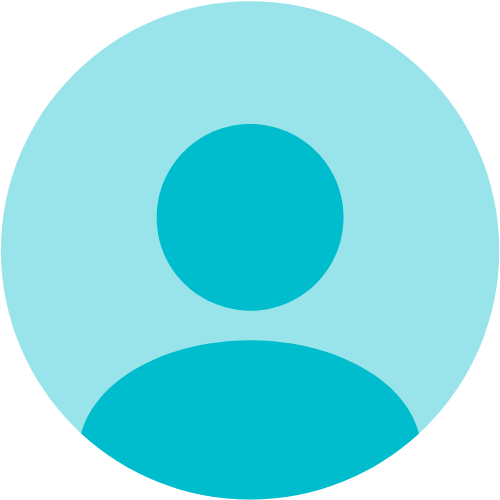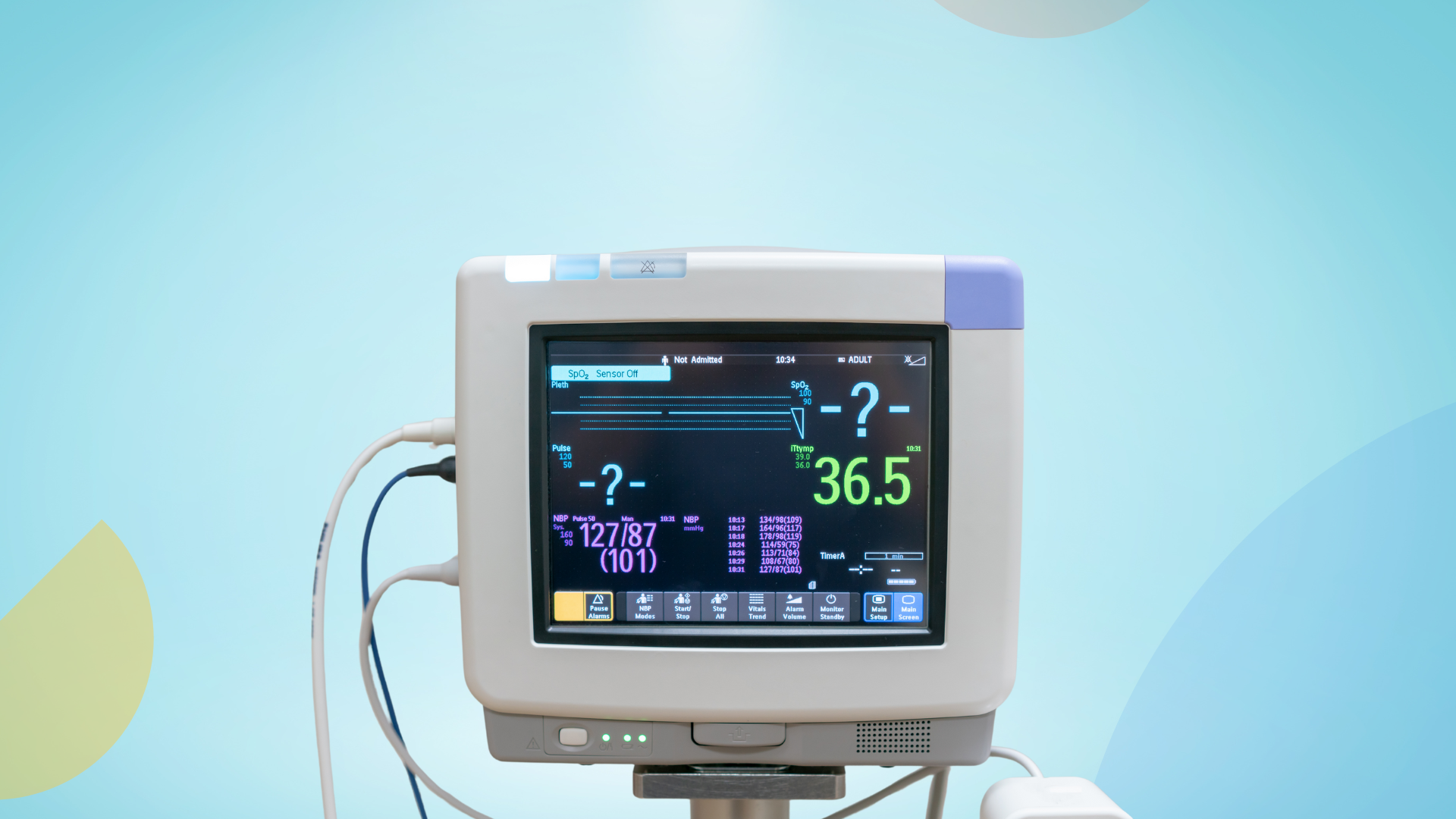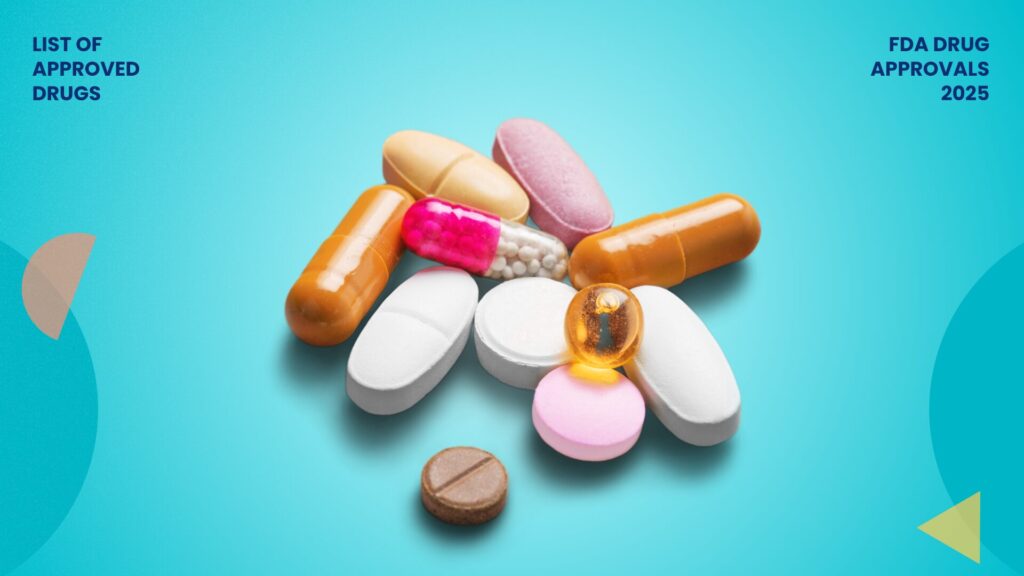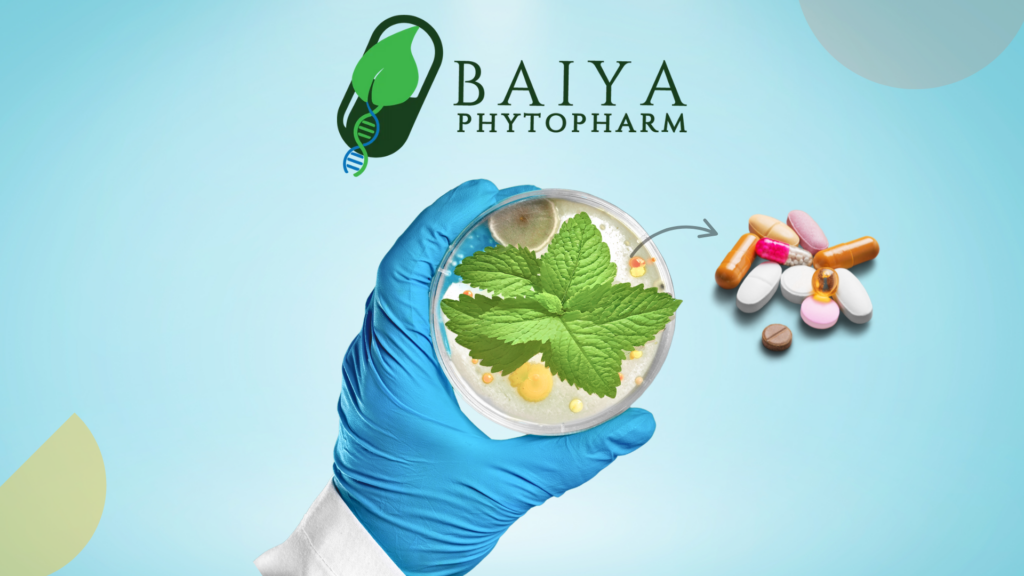When a single patent attracts 17 separate oppositions at the European Patent Office, it signals more than just legal friction. In the pharmaceutical market, this could signal a billion-dollar market shift.
Novartis’s blockbuster drug Entresto is now at the center of such a fight, and the outcome will reshape a $29 billion global market for heart failure treatments. If the opposition succeeds, Entresto’s exclusivity would collapse years ahead of its scheduled expiry, allowing generics to enter the market at a fraction of the current price. That would mean treatment costs dropping by up to 90%, wider patient access across Europe, and billions in lost revenue for Novartis.
The Significance of Entresto
Heart failure is one of the leading causes of hospitalization and mortality worldwide. For decades, patients relied on treatments like ACE inhibitors and beta-blockers, which provided benefits but left significant gaps in survival outcomes. Entresto changed this landscape. By combining sacubitril and valsartan in a 1:1 ratio, it became the first Angiotensin Receptor Neprilysin inhibitor (ARNi) to show superior results in reducing hospitalizations and cardiovascular deaths.
For patients, Entresto represented a leap forward in care. For Novartis, it became a blockbuster, driving growth in a market valued at $8.81 billion in 2024 and expected to more than triple by 2033. With an aging global population and rising prevalence of cardiovascular disease, the drug’s commercial and therapeutic importance is undeniable.
Heart failure treatment typically involves multiple drug classes working synergistically:
- ACE inhibitors and beta-blockers form the therapeutic backbone.
- Diuretics manage fluid retention.
- Aldosterone antagonists provide additional mortality benefits.
- Newer innovations include ARNi drugs like Entresto and SGLT2 inhibitors developed initially for diabetes.
The Patent Under Opposition
Despite its clinical success, Novartis’s European patent EP4321157B1, granted in October 2024 after a decade-long review, now faces 17 oppositions at the EPO. This patent is a divisional of the earlier revoked patent EP3038654B1, which itself had attracted nine oppositions. The new grant specifically protects:
- A medicament containing an Angiotensin Receptor Neprilysin inhibitor (ARNi).
- Entresto’s unique 1:1 molar ratio combination of sacubitril and valsartan.
- Its use in preventing cardiovascular mortality and hospitalizations in patients with chronic systolic heart failure.
Companies Opposing Entresto’s Patent
The seventeen opposing companies represent a formidable coalition of established generic manufacturers with significant cardiovascular expertise. Key players include:
- Global Leaders: Teva Pharmaceuticals (468+ drugs in the U.S. market), Krka (€1.8B sales, 70+ countries), and Synthon (proven patent challenge expertise)
- Regional Specialists: Zentiva (100M+ patients across 30+ European countries), Polpharma (Poland’s largest pharma with 800+ products), and Egis (cardiovascular focus, 100+ countries)
- Market-Specific Players: Deva Holding (Turkey’s second-largest pharma, $480M revenue) and Elpen (Greek cardiovascular market leader with 90+ country presence)
Source: IP Verse | GreyB
The outcome matters beyond just Novartis. Entresto costs significantly more than older heart failure drugs across Europe. If generics win and enter the market, prices typically drop 70-90% over time. This would make the treatment more affordable for patients and health systems, while creating major sales opportunities for generic manufacturers.
What’s next for the patent
With 17 parties and complex claims, the EPO opposition for Novartis’s Entresto patent (EP4321157B1) will likely extend through 2025. The process will move from written submissions to a preliminary opinion, followed by oral proceedings, and conclude with a decision.
Possible outcomes
- Revocation: The patent is cancelled; the main barrier to EU market entry falls. The $7.4 billion Entresto market opens for generics, enabling rapid market entry. However, Novartis likely holds secondary patents, such as formulations or dosing regimens, which could still delay generics. Companies like Teva or Stada may need to navigate these to capitalize on the opportunity.
- Amended: The patent is upheld but narrowed; some routes to market open while others remain blocked. A narrowed patent might limit Entresto’s protection to specific formulations, allowing generics to design around the claims. This could lead to partial market entry, but Novartis’s legal team will fight to preserve broad coverage, leveraging its experience with divisional patents.
- Maintained as granted: Patent expiry is anticipated in 2034, based on the priority of the patent application. If upheld as granted, Novartis secures Entresto’s $7.4 billion market or more until 2034. Opponents may shift to patent litigation or await expiry for entering the generics market.
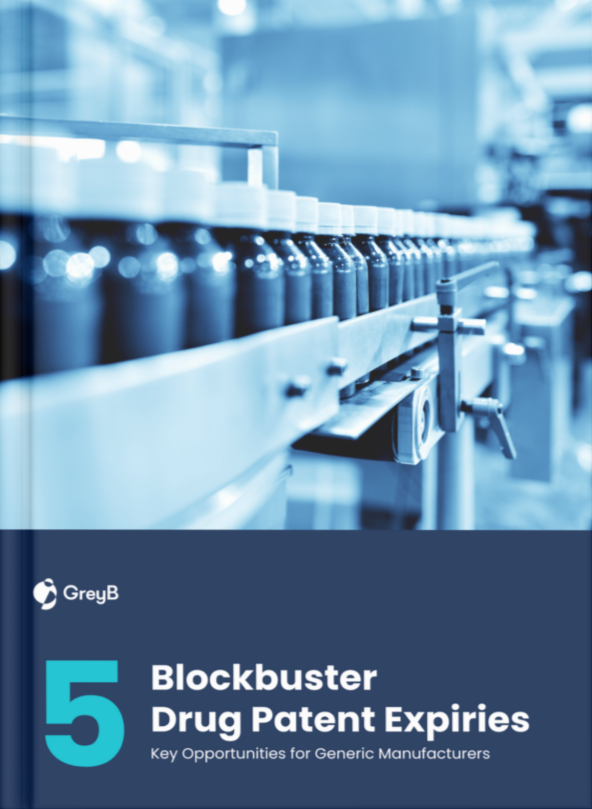
5 Blockbuster Drug Patent Expiries
Read The ReportConclusion
For Novartis, the decision will determine whether Entresto maintains its dominance until 2034 or faces early competition. For other pharma companies, the case is a clear reminder that no patent is beyond challenge, and preparation is essential.
Keeping track of these developments in real time is no longer optional, and platforms like IP Verse ensure that every filing, amendment, and decision is captured as it happens.
Follow the ongoing case of EP4321157B1 on IP Verse and receive timely alerts so your team is never a step behind in the battles that shape pharma’s future.
Get timely updates on oppositions
Subscribe to IP Verse


